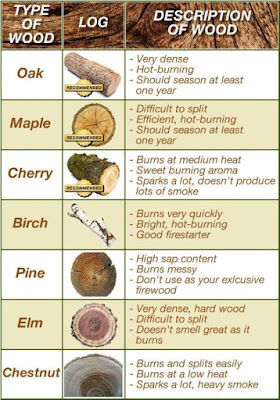Knowing the Universal Edibility Test is important for any Wilderness Survivalist.
There are many plants throughout the world. Tasting even a
small portion of some can cause severe discomfort, extreme internal disorders,
and even death. Therefore, if you have the slightest doubt about a plant's
edibility, do not eat it. Particularly avoid mushrooms unless you have been
taught well which are edible. If you believe it is edible, first apply the Universal Edibility Test to be as
safe as possible before eating any portion of it.
1. Separate the plant into its
basic components - leaves, stems, roots, buds, and flowers.
2. Test only one part of a
potential food plant at a time per person. If you have two people, you can test
two parts; one each. However, keep at least one person well to care for those
who could potentially get sick from this test.
3. Smell the food for strong or
acid odors. Remember, smell alone does not indicate a plant is edible or
inedible.
4. Do not eat for 8 hours before
starting the test, especially anything new or unusual.
5. During the 8 hours you abstain
from eating, test for contact poisoning by placing a piece of the plant part
you are testing on the inside of your elbow or wrist. Usually 15 minutes is
enough time to allow for a reaction.
6. During the test period, take
nothing by mouth except purified water and the plant part you are testing.
7. Select a small portion of a
single part and prepare it the way you plan to eat it.
8. Before placing the prepared
plant part in your mouth, touch a small portion (a pinch) to the outer surface
of your lip to test for burning or itching.
9. If after 3 minutes there is no
reaction on your lip, place the plant part on your tongue, holding it there for
15 minutes.
10. If there is no reaction,
thoroughly chew a pinch and hold it in your mouth for 15 minutes. Do not
swallow.
11. If no burning, itching, numbing,
stinging, nausea, or other irritation occurs during the 15 minutes, swallow the
food.
12. Wait 8 hours. If any ill effects
occur during this period, induce vomiting (salt water) and drink a lot of
water.
13. If no ill effects occur, eat a
small hand full of the same plant part prepared the same way. Wait another 8
hours. If no ill effects occur, the plant part as prepared is probably safe for
eating, especially in small quantities.
CAUTION
Use this test at your own risk, as the author, publisher,
and affiliates accept no responsibility for your use of this. Test all parts of
the plant for edibility, as some plants have both edible and inedible parts. Do
not assume that a part that proved edible when cooked is also edible when raw.
Test the part raw to ensure edibility before eating raw. The same part or plant
may produce varying reactions in different individuals. Boiling and draining
the juice several times can also reduce your risk.
Because this test is time consuming, you only want to use it
for plants that are plentiful so you get enough to eat. Do not over harvest. Leave
at least 10% of the more mature (less tender) plants to reproduce.








